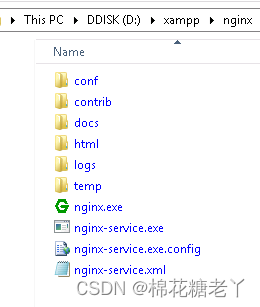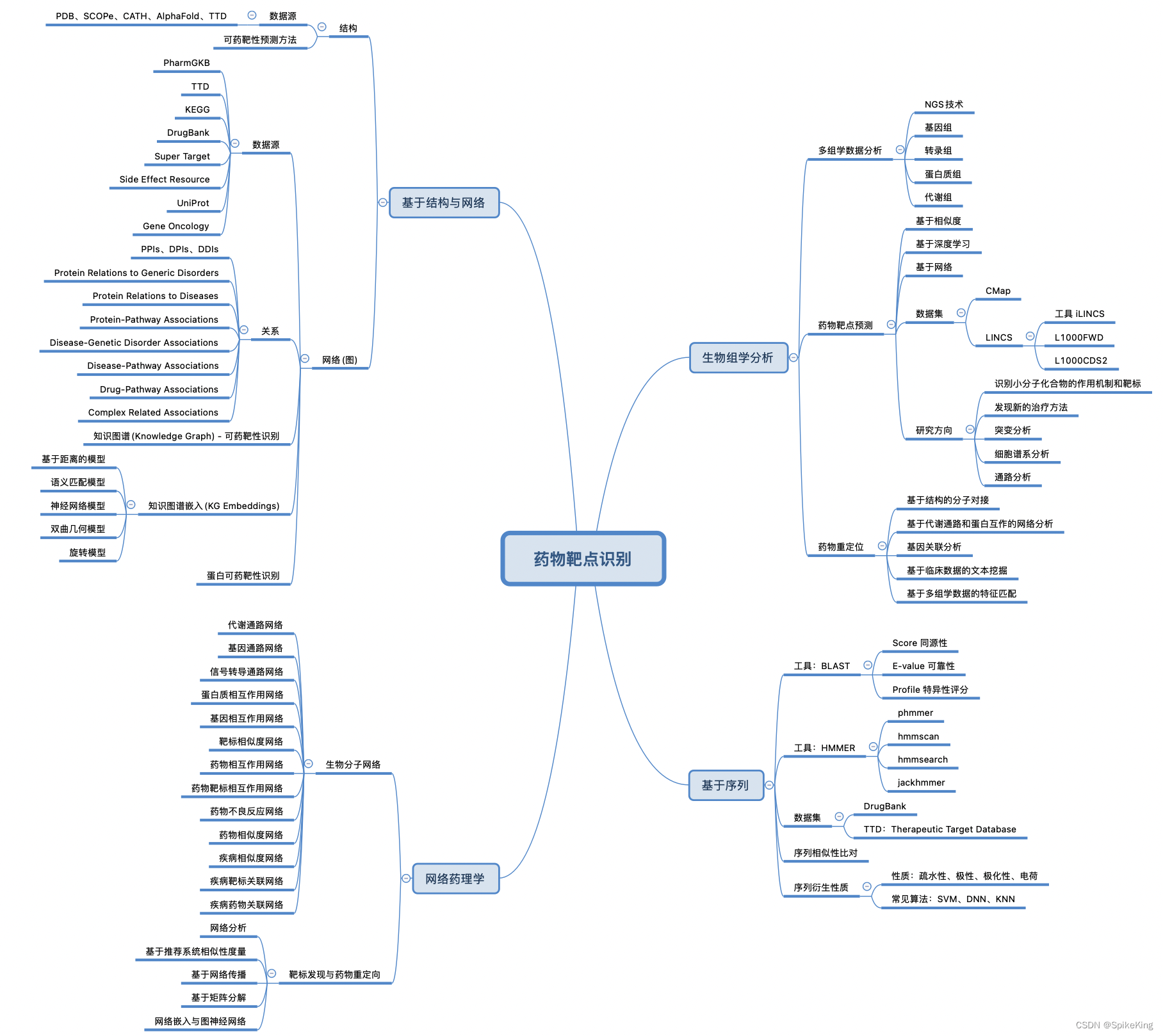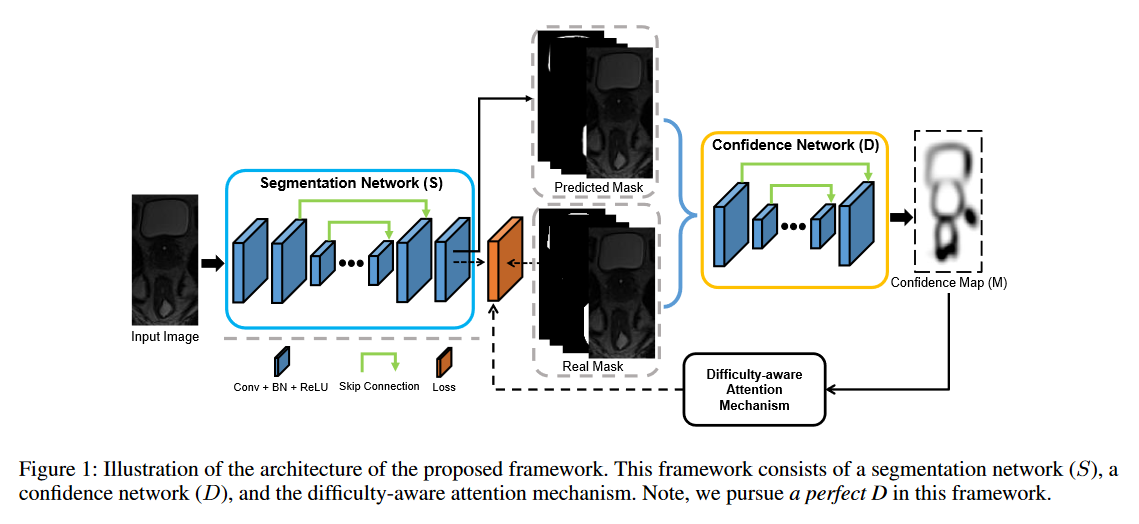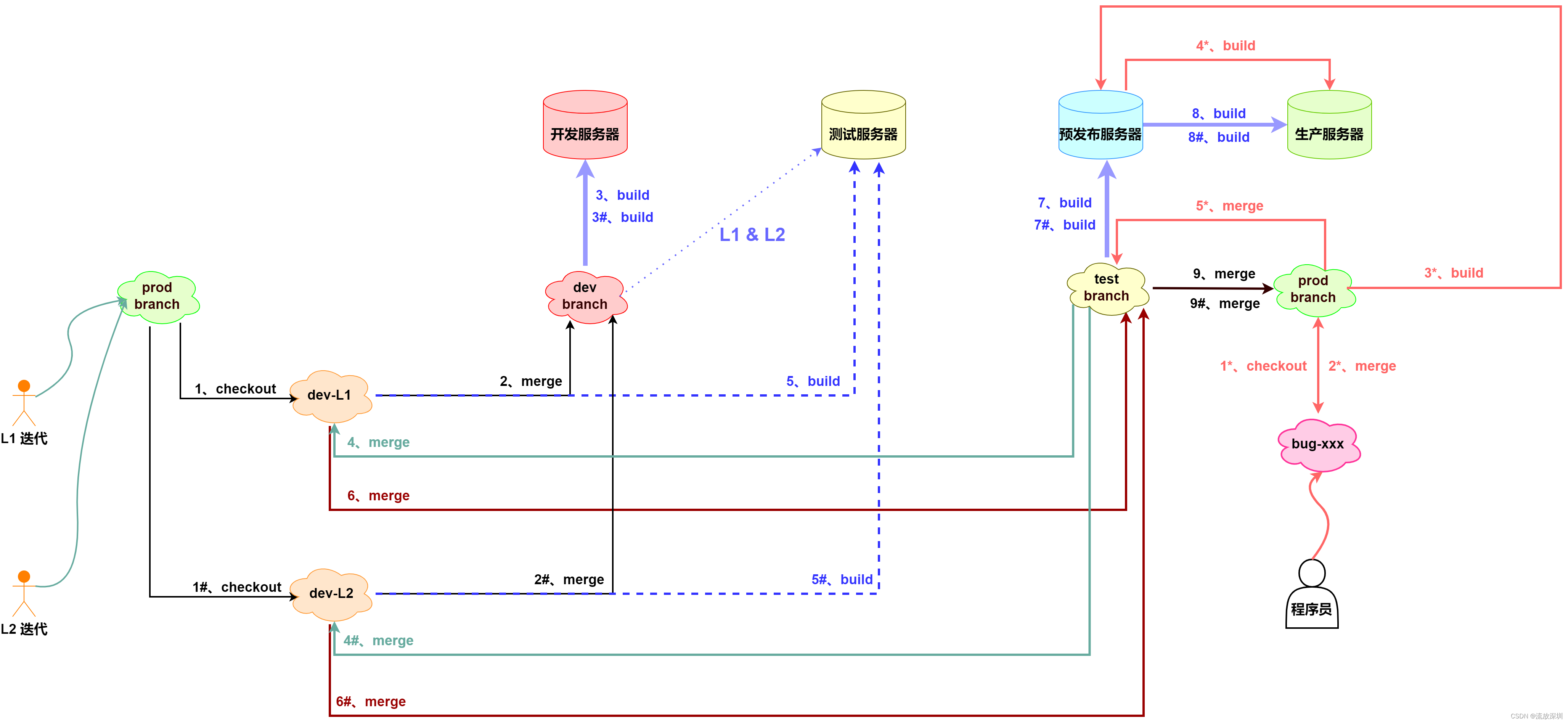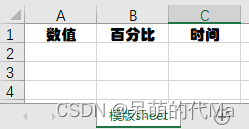背景:在上一篇文中,提到要写一篇openssl 配置文件详解的,这就来了~~~
find / -name openssl.cnf
/etc/pki/tls/openssl.cnf
/etc/pki/tls/openssl.cnf,该文件主要设置了证书请求、签名、crl相关的配置。主要相关的伪命令为ca和req。。
该文件从功能结构上分为4个段落:默认段、ca相关的段、req相关的段、tsa相关的段。每个段中都以name=value的格式定义.
以下是我将文件分段摘抄出来,并进行解释的:
默认段:
| # # OpenSSL example configuration file. # This is mostly being used for generation of certificate requests. # # This definition stops the following lines choking if HOME isn't # defined. 定义当前目录变量,以及随机数的文件路径变量 HOME = . RANDFILE = $ENV::HOME/.rnd # Extra OBJECT IDENTIFIER info: #oid_file = $ENV::HOME/.oid oid_section = new_oids # To use this configuration file with the "-extfile" option of the # "openssl x509" utility, name here the section containing the # X.509v3 extensions to use: # extensions = # (Alternatively, use a configuration file that has only # X.509v3 extensions in its main [= default] section.) [ new_oids ] # We can add new OIDs in here for use by 'ca', 'req' and 'ts'. # Add a simple OID like this: # testoid1=1.2.3.4 # Or use config file substitution like this: # testoid2=${testoid1}.5.6 # Policies used by the TSA examples. tsa_policy1 = 1.2.3.4.1 tsa_policy2 = 1.2.3.4.5.6 tsa_policy3 = 1.2.3.4.5.7 |
CA段:
#################################################################### [ ca ] default_ca = CA_default # The default ca section #################################################################### [ CA_default ] dir = /etc/pki/CA # Where everything is kept certs = $dir/certs # Where the issued certs are kept已颁发的证书路径即CA或者自签的 crl_dir = $dir/crl # Where the issued crl are kept 已颁发的crl存放目录 database = $dir/index.txt # database index file. #unique_subject = no # Set to 'no' to allow creation of # several ctificates with same subject. new_certs_dir = $dir/newcerts # default place for new certs.将来颁发的证书存放路径 certificate = $dir/cacert.pem # The CA certificate CA自己的证书文件 serial = $dir/serial # The current serial number提供序列号的文件路径 crlnumber = $dir/crlnumber # the current crl number 当前crl序列号 # must be commented out to leave a V1 CRL crl = $dir/crl.pem # The current CRL 当前crl文件 private_key = $dir/private/cakey.pem# The private key 签名时需要的私钥即CA自己的私钥 RANDFILE = $dir/private/.rand # private random number file 提供随机数的文件 x509_extensions = usr_cert # The extentions to add to the cert添加到证书中的扩展项 # Comment out the following two lines for the "traditional" 证书展示格式,一般不用修改,使用默认即可 # (and highly broken) format. name_opt = ca_default # Subject Name options cert_opt = ca_default # Certificate field options # Extension copying option: use with caution.扩展项的使用,需要谨慎 生成证书时扩展项的扩展可复制属性copy_extensions,取值为none/copy或copyall。 如不设置则默认为none,简单使用时设置为none或者不设置,不建议设置为copyall # copy_extensions = copy # Extensions to add to a CRL. Note: Netscape communicator chokes on V2 CRLs # so this is commented out by default to leave a V1 CRL. # crlnumber must also be commented out to leave a V1 CRL. # crl_extensions = crl_ext default_days = 365 # how long to certify for 默认的证书有效期 default_crl_days= 30 # how long before next CRL CRL的有效期 default_md = sha256 # use SHA-256 by default 默认摘要算法 preserve = no # keep passed DN ordering Distinguished Name顺序,一般设置为no # A few difference way of specifying how similar the request should look # For type CA, the listed attributes must be the same, and the optional # and supplied fields are just that :-) policy = policy_match #证书匹配策略,对比的是[ policy_match ] 的设定 #证书匹配策略定义了证书请求的DN字段(field)被CA签署时和CA证书的匹配规则 # 对于CA证书请求,这些匹配规则必须要和父CA完全相同 # For the CA policy [ policy_match ] countryName = match #match表示请求中填写的Country字段信息要和CA证书中的匹配 stateOrProvinceName = match #match表示请求中填写的stateOrProvinceName字段信息要和CA证书中的匹配 organizationName = match #match表示请求中填写的organizationName字段信息要和CA证书中的匹配 organizationalUnitName = optional # optional表示生成证书请求文件时该organizationalUnitName字段可选 commonName = supplied # supplied 表示生成证书请求文件时该字段必须提供 emailAddress = optional # For the 'anything' policy # At this point in time, you must list all acceptable 'object' #没有被引用的策略扩展 就是被忽略的???(这个地方暂时没搞懂) # types. [ policy_anything ] countryName = optional stateOrProvinceName = optional localityName = optional organizationName = optional organizationalUnitName = optional commonName = supplied emailAddress = optional #################################################################### |
req 段:
| #################################################################### [ req ] default_bits = 2048 #生成的证书请求文件时的密钥长度 (网上有的资料说是私钥的密钥长度,但我觉得应该是 生成的证书请求文件的密钥长度) default_md = sha256 #默认的证书请求签名时使用的加密算法 default_keyfile = privkey.pem #生成证书请求文件时默认使用的私钥存放位置如-new选项没指定-key时会自动创建私钥 -newkey选项也会自动创建私钥??? distinguished_name = req_distinguished_name #可识别的字段名(常被简称为DN,引用req_distinguished_name段的设置) attributes = req_attributes #证书请求的属性,引用req_attributes段的设置,可以不设置它 x509_extensions = v3_ca # The extentions to add to the self signed cert加入到自签证书中的扩展项 # Passwords for private keys if not present they will be prompted for #输入和输出私钥文件的密码,如果该私钥文件有密码,不写该设置则会提示输入 # input_password = secret # output_password = secret # This sets a mask for permitted string types. There are several options. # default: PrintableString, T61String, BMPString. # pkix : PrintableString, BMPString (PKIX recommendation before 2004) # utf8only: only UTF8Strings (PKIX recommendation after 2004). # nombstr : PrintableString, T61String (no BMPStrings or UTF8Strings). # MASK:XXXX a literal mask value. # WARNING: ancient versions of Netscape crash on BMPStrings or UTF8Strings. string_mask = utf8only # req_extensions = v3_req # The extensions to add to a certificate request # req_distinguished_name 指定请求证书文件中的信息,可在配置文件中指定也可不在配置文件中指定。如果配置文件中没有指定,则需要在生成证书请求文件时输入,生成证书请求文件时的信息必须与CA的证书一致才可以 [ req_distinguished_name ] countryName = Country Name (2 letter code) countryName_default = XX countryName_min = 2 countryName_max = 2 stateOrProvinceName = State or Province Name (full name) #stateOrProvinceName_default = Default Province localityName = Locality Name (eg, city) localityName_default = Default City 0.organizationName = Organization Name (eg, company) 0.organizationName_default = Default Company Ltd # we can do this but it is not needed normally :-) #1.organizationName = Second Organization Name (eg, company) #1.organizationName_default = World Wide Web Pty Ltd organizationalUnitName = Organizational Unit Name (eg, section) #organizationalUnitName_default = commonName = Common Name (eg, your name or your server\'s hostname) commonName_max = 64 emailAddress = Email Address emailAddress_max = 64 # SET-ex3 = SET extension number 3 [ req_attributes ] /*某些特定软件的运行需要而设定的, */ /* 现在一般都不需要提供challengepassword */ /* 所以该段几乎用不上 */ /* 所以不用管这段 */ challengePassword = A challenge password challengePassword_min = 4 challengePassword_max = 20 unstructuredName = An optional company name [ usr_cert ] # These extensions are added when 'ca' signs a request. # This goes against PKIX guidelines but some CAs do it and some software # requires this to avoid interpreting an end user certificate as a CA. basicConstraints=CA:FALSE # Here are some examples of the usage of nsCertType. If it is omitted # the certificate can be used for anything *except* object signing. # This is OK for an SSL server. # nsCertType = server # For an object signing certificate this would be used. # nsCertType = objsign # For normal client use this is typical # nsCertType = client, email # and for everything including object signing: # nsCertType = client, email, objsign # This is typical in keyUsage for a client certificate.这个地方是设定证书使用范围的,对应的是 通过证书查看器查看到的密钥用法信息 当证书需要用于签名时,就需要证书的密钥用法为Digital Signature,如果只是其他的就不能用于签名,当要制作用于签名的证书时,需要开放此处 keyUsage = nonRepudiation, digitalSignature, keyEncipherment # This will be displayed in Netscape's comment listbox. nsComment = "OpenSSL Generated Certificate" # PKIX recommendations harmless if included in all certificates. subjectKeyIdentifier=hash authorityKeyIdentifier=keyid,issuer # This stuff is for subjectAltName and issuerAltname. # Import the email address. # subjectAltName=email:copy # An alternative to produce certificates that aren't # deprecated according to PKIX. # subjectAltName=email:move # Copy subject details # issuerAltName=issuer:copy #nsCaRevocationUrl = http://www.domain.dom/ca-crl.pem #nsBaseUrl #nsRevocationUrl #nsRenewalUrl #nsCaPolicyUrl #nsSslServerName # This is required for TSA certificates. #以下是TSA证书所需要的 # extendedKeyUsage = critical,timeStamping [ v3_req ] # Extensions to add to a certificate request basicConstraints = CA:FALSE keyUsage = nonRepudiation, digitalSignature, keyEncipherment [ v3_ca ] # Extensions for a typical CA # PKIX recommendation. subjectKeyIdentifier=hash authorityKeyIdentifier=keyid:always,issuer # This is what PKIX recommends but some broken software chokes on critical # extensions. #basicConstraints = critical,CA:true # So we do this instead. basicConstraints = CA:true # Key usage: this is typical for a CA certificate. However since it will # prevent it being used as an test self-signed certificate it is best # left out by default. # keyUsage = cRLSign, keyCertSign # Some might want this also # nsCertType = sslCA, emailCA # Include email address in subject alt name: another PKIX recommendation # subjectAltName=email:copy # Copy issuer details # issuerAltName=issuer:copy # DER hex encoding of an extension: beware experts only! # obj=DER:02:03 # Where 'obj' is a standard or added object # You can even override a supported extension: # basicConstraints= critical, DER:30:03:01:01:FF [ crl_ext ] # CRL extensions. # Only issuerAltName and authorityKeyIdentifier make any sense in a CRL. # issuerAltName=issuer:copy authorityKeyIdentifier=keyid:always [ proxy_cert_ext ] # These extensions should be added when creating a proxy certificate # This goes against PKIX guidelines but some CAs do it and some software # requires this to avoid interpreting an end user certificate as a CA. basicConstraints=CA:FALSE # Here are some examples of the usage of nsCertType. If it is omitted # the certificate can be used for anything *except* object signing. # This is OK for an SSL server. # nsCertType = server # For an object signing certificate this would be used. # nsCertType = objsign # For normal client use this is typical # nsCertType = client, email # and for everything including object signing: # nsCertType = client, email, objsign # This is typical in keyUsage for a client certificate. # keyUsage = nonRepudiation, digitalSignature, keyEncipherment # This will be displayed in Netscape's comment listbox. nsComment = "OpenSSL Generated Certificate" # PKIX recommendations harmless if included in all certificates. subjectKeyIdentifier=hash authorityKeyIdentifier=keyid,issuer # This stuff is for subjectAltName and issuerAltname. # Import the email address. # subjectAltName=email:copy # An alternative to produce certificates that aren't # deprecated according to PKIX. # subjectAltName=email:move # Copy subject details # issuerAltName=issuer:copy #nsCaRevocationUrl = http://www.domain.dom/ca-crl.pem #nsBaseUrl #nsRevocationUrl #nsRenewalUrl #nsCaPolicyUrl #nsSslServerName # This really needs to be in place for it to be a proxy certificate. proxyCertInfo=critical,language:id-ppl-anyLanguage,pathlen:3,policy:foo #################################################################### |




